SpaceX is on course to move ahead with an ambitious spaceflight agenda, trying a 2nd rocket recovery landing of their Falcon 9 booster in barely 4 weeks time and upcoming this Sunday, Jan. 17, says Elon Musk, the billionaire founder and CEO of SpaceX.
Musk confirmed that SpaceX plans to launch and subsequently land the first stage of its next Falcon 9 rocket on a “droneship” at sea in the Pacific Ocean this weekend.
“Aiming to launch this weekend and (hopefully) land on our droneship,” Musk tweeted.
The path forward follows a successful static fire test of the Falcon 9 boosters first stage engines at the firms West Coast launch pad on Monday evening, Jan. 11. Engineers are painstakingly reviewing the data today to fully confirm the rocket is healthy to launch.
SpaceX is now aiming to chalk up two successful rocket launches and landings in a row – if all goes well with the liftoff of the Falcon 9 slated for Jan. 17 from Space Launch Complex 4 on Vandenberg Air Force Base (VAFB) in California.
Just before Christmas, SpaceX successfully accomplished history’s first ever intact and upright landing recovery of an orbit class rocket with their Falcon 9 booster when it flew to the edge of space and back on Dec. 21 from Cape Canaveral Air Force Station in Florida.
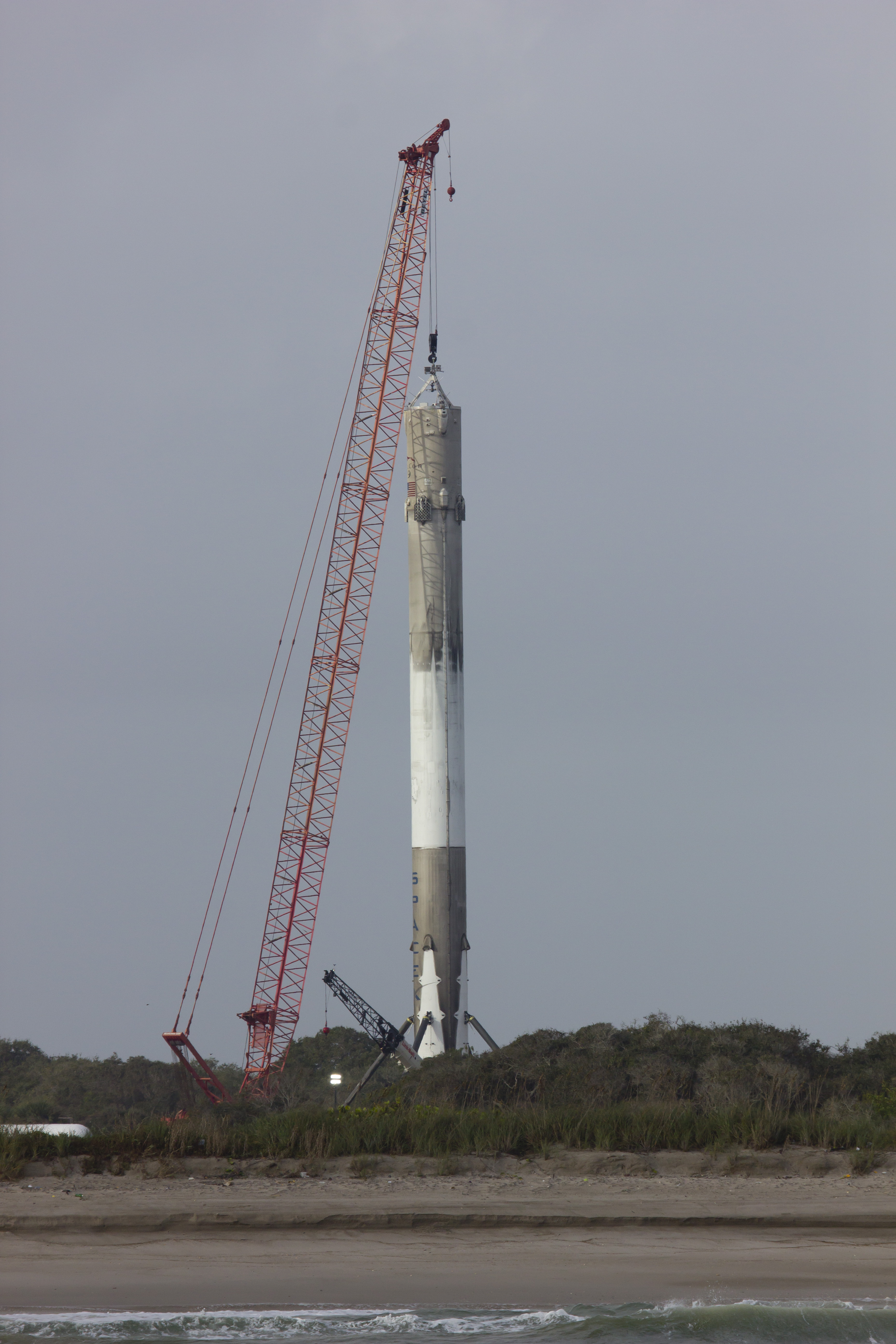
In contrast to last month’s successful soft landing on the ground at the Cape, the next landing on Sunday will be sea based attempt on an ocean going barge off the California coast because of the higher in flight velocity of the Falcon 9.
“Ship landings needed for high velocity missions,” Musk elaborated.
The 156 foot tall Falcon 9 first stage is equipped with four landing legs and four grid fins to enable the propulsive landing atop the barge once the first stage separates and relights a Merlin 1D engine.
Two prior SpaceX attempts at a precision landing on the autonomous spaceport drone ship (ASDS) barge came very close with pinpoint approaches to the oceangoing vessel in the Atlantic Ocean. But the rocket tipped over in the final moments and was destroyed.
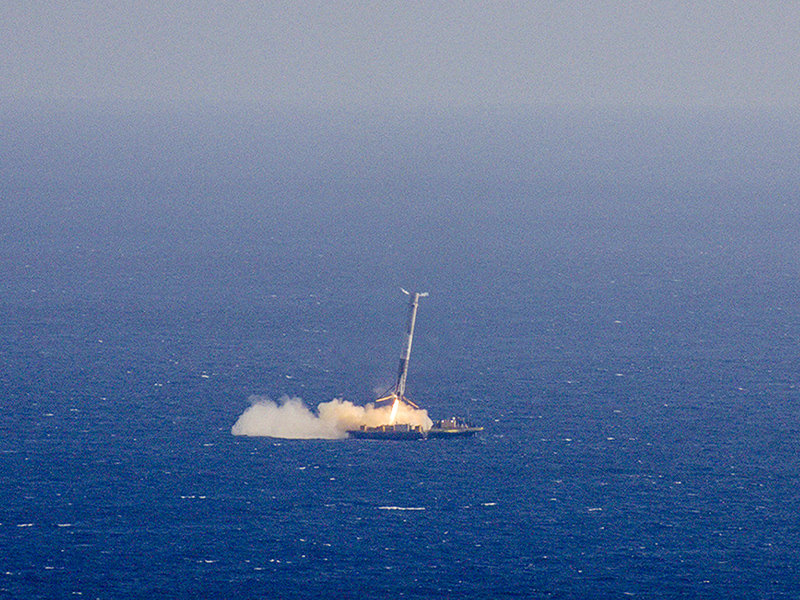
The primary goal of the Jan. 17 blastoff is to carry NASA’s Jason-3 Earth-observing satellite to orbit.
“Next launch is a @NASA science mission from VAFB California on Sunday,” says Musk.
Liftoff is scheduled for the opening of the 30-second launch window on Sunday morning, Jan. 17 at 10:42:18 a.m. PST (1:42:18 EST).
The backup launch window for a second attempt, if needed, is on January 18 at 10:31:04 a.m. PST.
During Monday’s test firing, the Falcon 9 first stage rocket was restrained by hold down clamps for a full duration engine test at the Vandenberg launch pad in California.
“Full-duration static fire complete at our California pad,” SpaceX confirmed.
“Preliminary data looks good in advance of Jason-3 launch.”
The static fire test is a routine prelaunch check with a fully fueled Falcon 9 held down on the pad and conducted by SpaceX prioir to every launch to confirm the readiness of the rocket. It simulates a launch countdown.
“The static test fire was completed Monday at 5:35 p.m. PST, 8:35 p.m. EST,” according to a NASA a statement.
“The first stage engines fired for the planned full duration of 7 seconds. The initial review of the data appears to show a satisfactory test, but will be followed by a more thorough data review on Tuesday.”
If engineers give the go ahead, Jason-3 will be bolted to the top of the Falcon 9 later today. The probe itself is ready for liftoff, sitting inside its payload fairing since Friday.
“With this test complete, the next step in prelaunch preparations is to mate the rocket and the Jason-3 spacecraft, which is encapsulated in the payload fairing. This also is planned to occur as soon as Tuesday,” NASA explained.
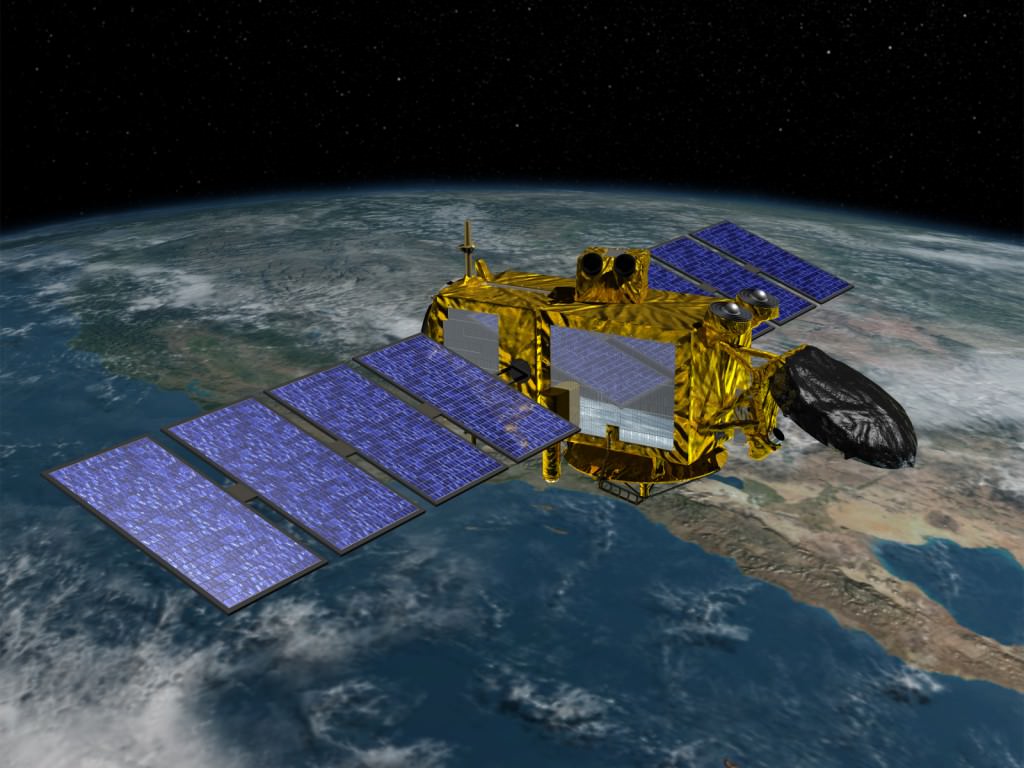
If everything continues on target, the final review, the Launch Readiness Review, will be held at Vandenberg on Friday, Jan. 15.
Jason-3 is the fourth mission in a U.S.-European series of satellite missions that measure the height of the ocean surface.
“These measurements provide scientists with critical information about circulation patterns in the ocean and about both global and regional changes in sea level and the climate implications of a warming world,” says NASA.
The mission also marks the final launch of the v1.1 version of the SpaceX Falcon 9, first flown in Sept 2013. That flight was also the last time SpaceX launched a rocket from their California launch pad.
Henceforth, the Falcon 9 will launch in the newly upgraded ‘Full Thrust’ version featuring more powerful first stage Merlin 1D engines. The first ‘Full Thrust’ Falcon 9 was used during the historic rocket recovery launch on Dec. 21, 2015.
Video caption: Mobius remote video camera positioned at launch pad showing blastoff of the SpaceX Falcon 9 Orbcomm-2 mission on December 21, 2015. Credit: Ken Kremer/kenkremer.com
Stay tuned here for Ken’s continuing Earth and planetary science and human spaceflight news.
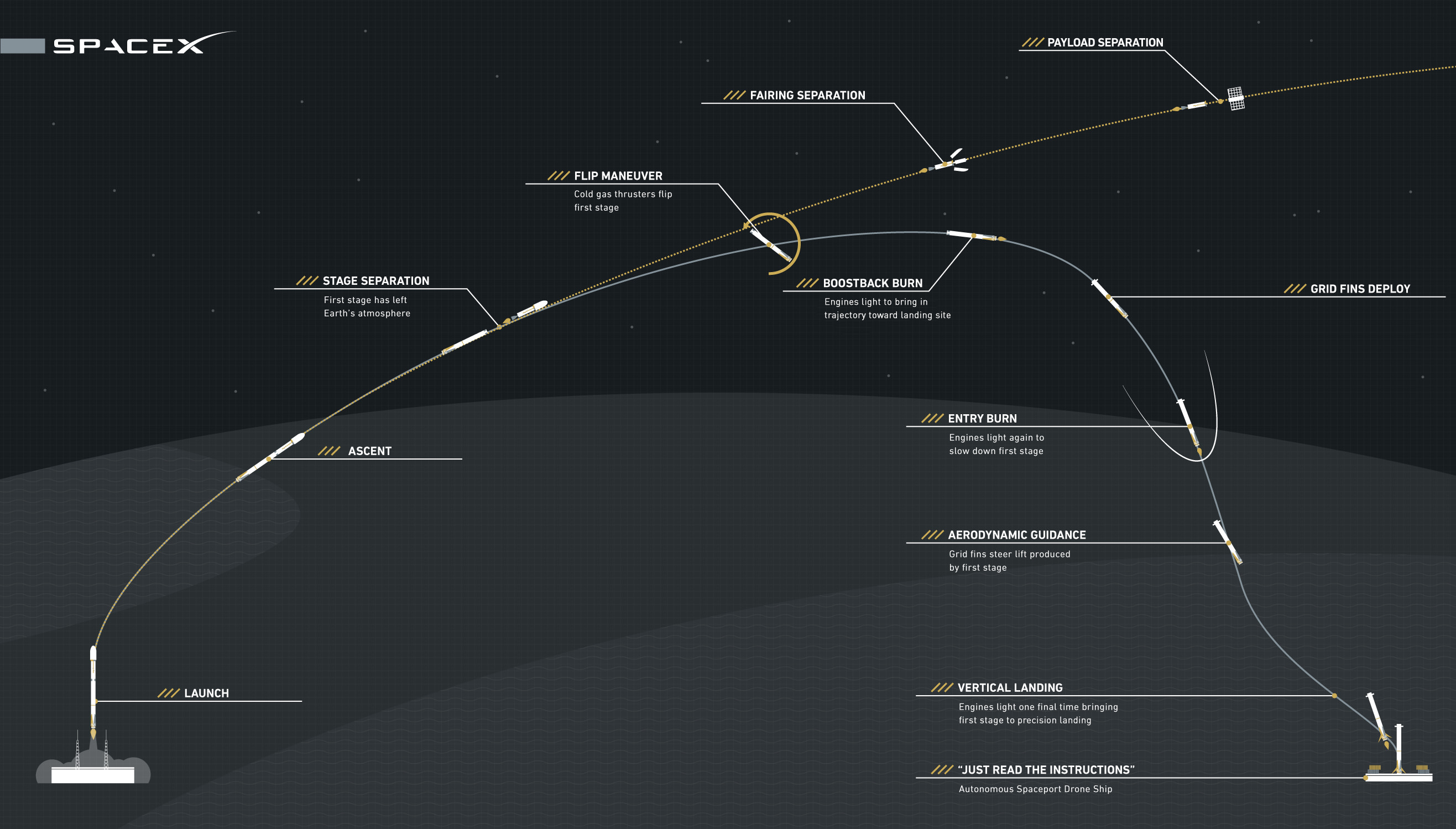
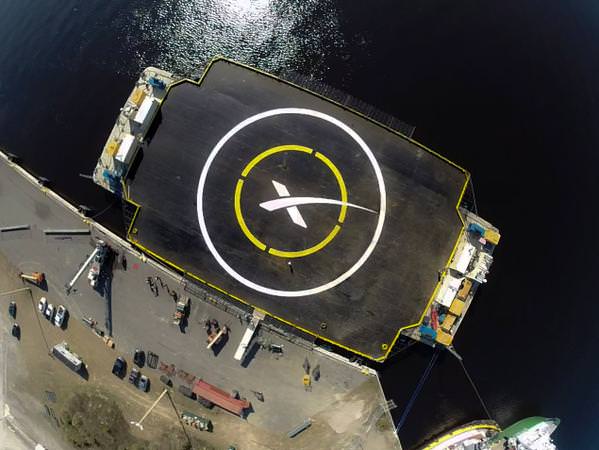

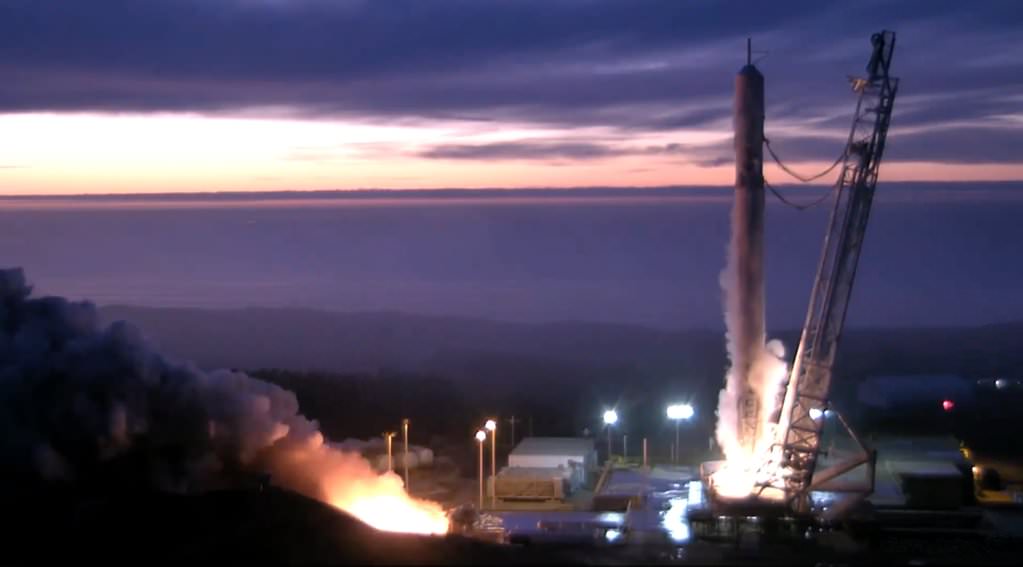
Some new footage of the Orbcomm first stage landing burn here https://www.youtube.com/watch?v=ANv5UfZsvZQ&feature=youtu.be